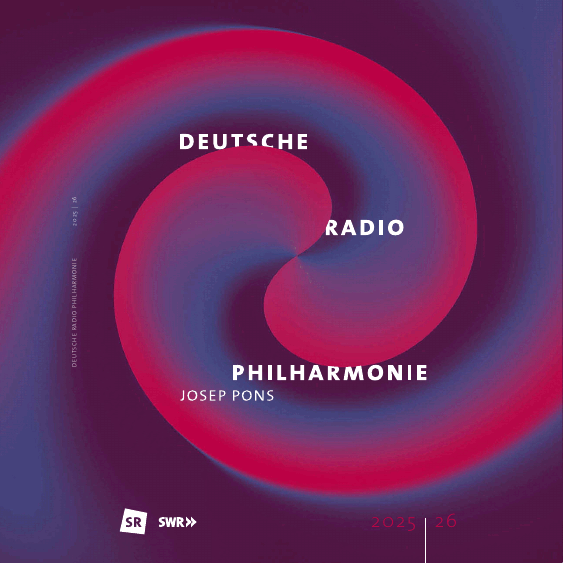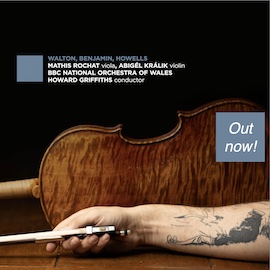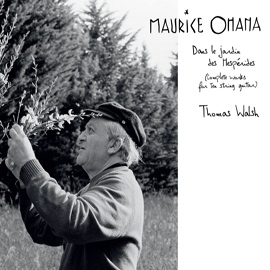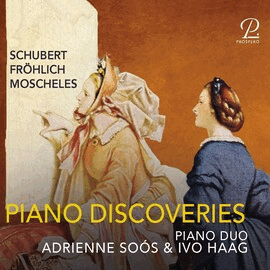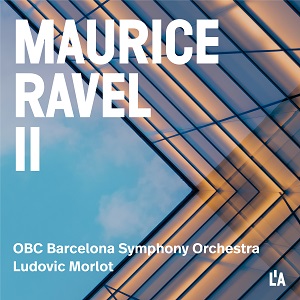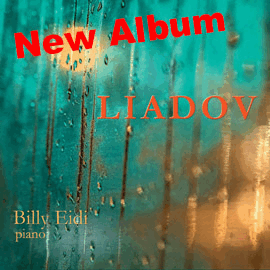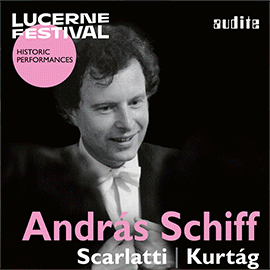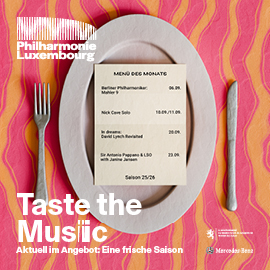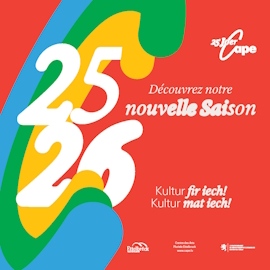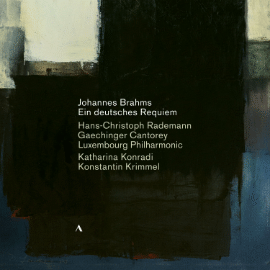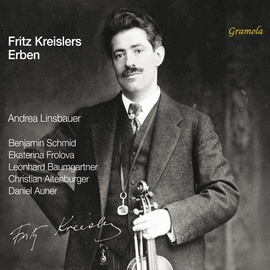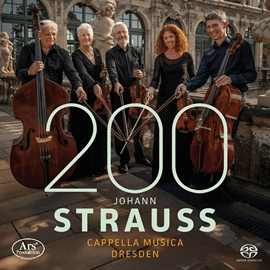Nach den kurzen Einleitungsstücken, Fanfare und Menuet antique, beide in schönen Farben und extremer Klarheit, folgt eine vom Orchester und der Sängerin sehr atmosphärische und expressive Interpretation von Ravels Shéhérazade. Die Stimme von Fleur Barron setzt die Musik zu den Gedichten von Tristan Klingsor wunderbar um. Genau so gut gelingen ihr die Mallarmé-Lieder. Die Textverständlichkeit ist freilich gering. Morlot und das Orchester aus Barcelona weben für die Stimme einen Klangteppich von großer Zartheit, Feinheit, Sensibilität und Sinnlichkeit.
Besonders hervorzuheben ist die Gesangsleistung von Alexandre Duhamel in den drei Liedern Don Quichotte à Dulcinée. Er singt sehr ausdrucksvoll und mit guter Artikulierung.
Besonders inspiriert ist Ludovic Morlot in den Valses nobles et sentimentales, deren Interpretation das ganze kompositorische Genie Ravels offenlegt. Die sinnlichen, seidigen und schillernden Orchesterklänge sind absolut hinreißend in einem gut ausgezogenen, transparenten Klangbild.
The short introductory pieces, Fanfare and Menuet antique, both in beautiful colors and extreme clarity, are followed by a very atmospheric and expressive interpretation of Ravel’s Shéhérazade. Fleur Barron’s voice beautifully renders the music to the poems of Tristan Klingsor. She does the same with the Mallarmé songs. The clarity of the lyrics is admittedly poor. Morlot and the Barcelona orchestra weave a tapestry of sound of great delicacy, subtlety, sensitivity and sensuality for the voice.
Alexandre Duhamel’s vocal performance in the three songs Don Quichotte à Dulcinée deserves special mention. He sings very expressively and with good articulation.
Ludovic Morlot is particularly inspired in the Valses nobles et sentimentales, whose interpretation reveals all of Ravel’s compositional genius. The sensual, silky and shimmering orchestral sounds are absolutely enchanting in a well-drawn, transparent sound.



